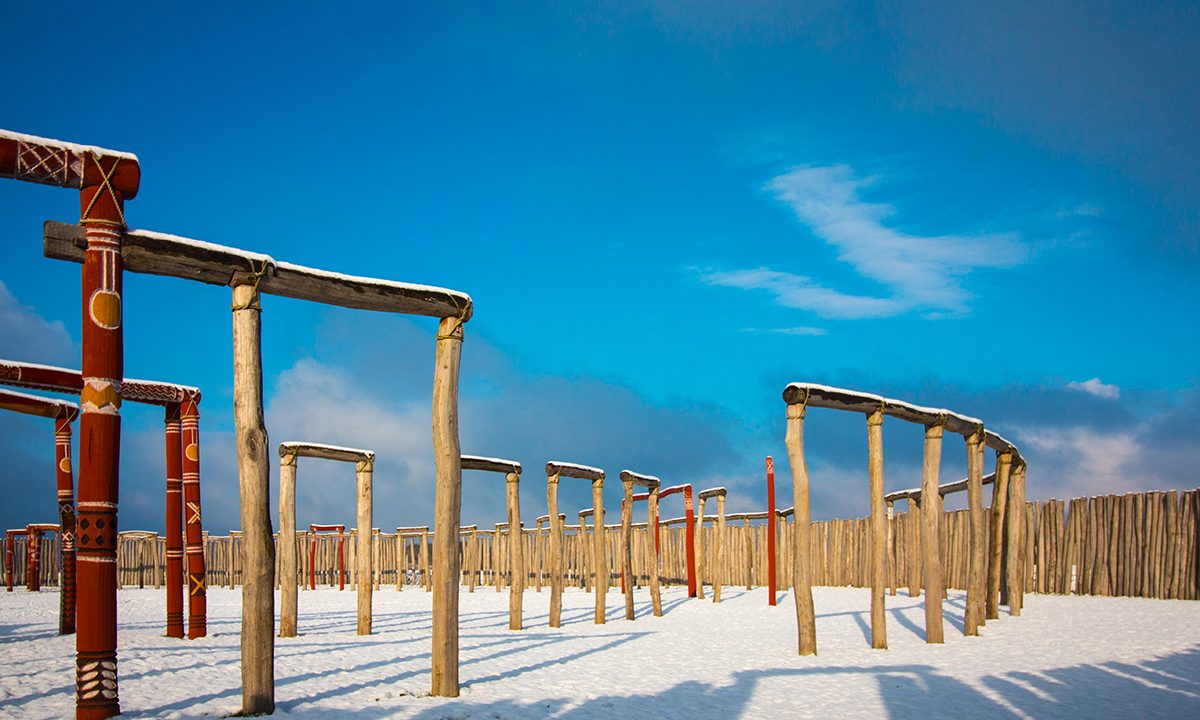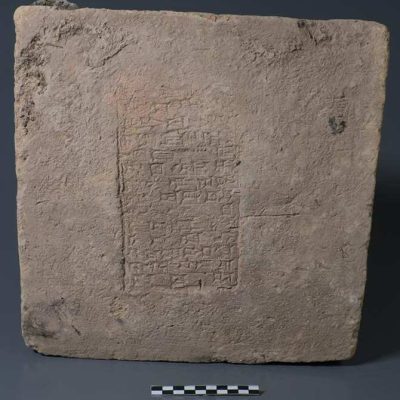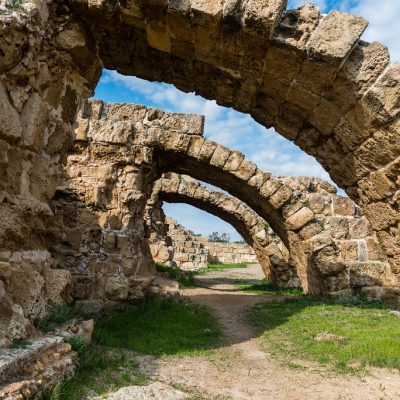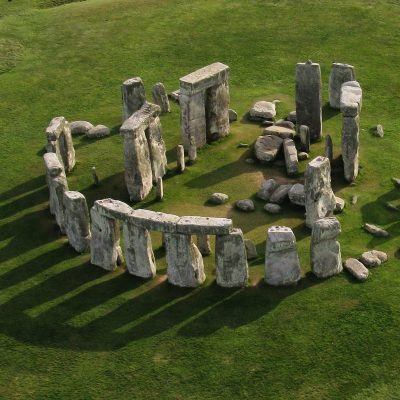In a recent discovery near Stonehenge, mass graves from the Neolithic and Bronze Age were found, highlighting the archaeological significance of the region. Despite Stonehenge being one of the most well-researched archaeological sites, researchers have only recently discovered evidence of one of the largest and most complex prehistoric ritual monuments in Europe. A team of Cotswolds Archaeology found evidence of prehistoric burial mounds during excavation work near Salisbury. Over 20 burial mounds, ranging from 10 to 50 meters in size, were discovered, with many of them dating back to the early Bronze Age, around 4,000 years ago.
The burial mounds were grouped in small clusters, either in pairs or groups of six, and were found to contain grave goods from the Bell Beaker culture. In addition to the burial mounds, older graves from the Neolithic period were also discovered, containing pottery from the Grooved Ware culture, which was used by the builders of Stonehenge and other large circle monuments. The researchers also found broken and burnt objects, including a clay ball, three stone arrowheads, a small flint saw blade, and the shell of a scallop.
One burial mound in particular caught the attention of the researchers, as it contained the remains of adults and children in a mass grave. Such graves are rare, and it is unclear whether the people were buried together or what caused their deaths. The age of the mass grave is also unknown, but the oval shape of the ring ditch suggests it was created during the Neolithic period. Another burial mound, located in the chalk substrate of a mountain, contained the grave of a child and a food vessel of the “Yorkshire” type, which was more commonly found in northern England. The analysis of the child’s skeleton may reveal whether they were from the Stonehenge region or from northern England.
As the excavation work comes to an end, the team will begin analyzing and researching the finds. The discovery of these burial mounds and graves provides further evidence of the importance of the Stonehenge region in prehistoric times and sheds light on the burial practices and rituals of the people who lived there.










